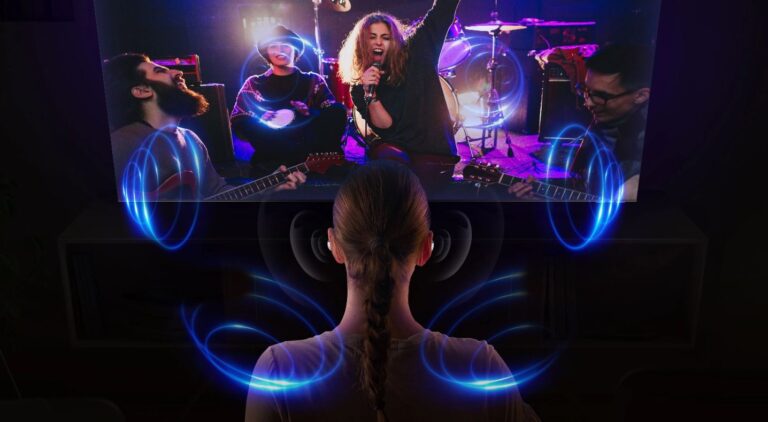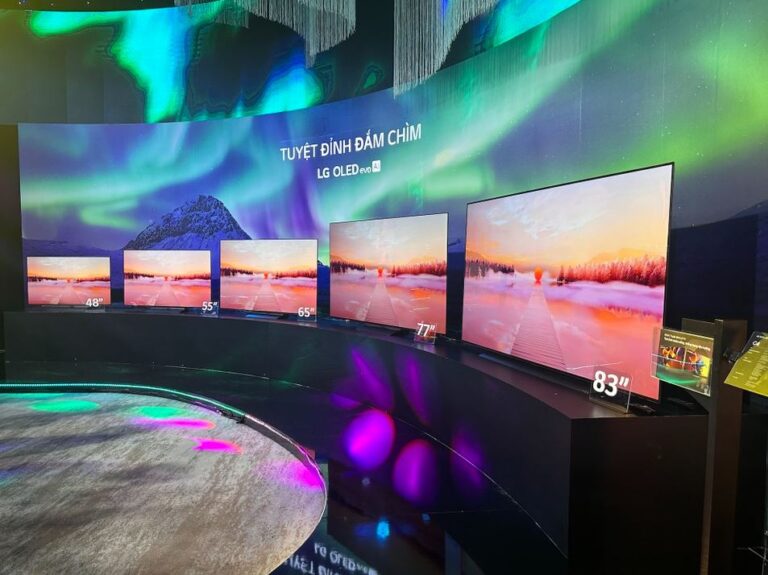The upcoming screen, which works both indoors and outdoors, can be adjusted to become transparent based on user needs.
Scientists have developed a 100-inch nano transparent display (NTS) using a new type of film material. This screen is as thin as a human hair and can display detailed images with high color clarity and brightness.
The screen excels in displaying detail even at its dimmest level and reflects target light effectively. This creates clear images when a beam is projected onto it and offers a 170-degree viewing angle without losing quality from any direction.

100-inch transparent nano display (NTS) as thin as a human hair – (Photo: Korea Institute of Machinery and Materials).
Researchers at the Korea Institute of Machinery and Materials (KIMM), in collaboration with the private company Meta2People, have started commercializing this transparent nano display.
The display is produced using a roll-to-roll process, where a film is treated with tiny particles of titanium dioxide. These nanoparticles enhance the NTS’s durability and improve its optical quality, ensuring that the projected image remains clear. The film is also coated with polymer dispersed liquid crystal (PDLC) film.
Applying an electric field to the PDLC crystals allows the screen to become more or less transparent, letting it become more opaque when users need to see more detail.
According to the researchers, while a transparent OLED screen typically costs around $72,000, their new panel is only 1/10th of that price.
They emphasize that the display can be replicated under existing manufacturing conditions and withstands extremely high or low temperatures, making it suitable for both indoor and outdoor use.
Scientists Hope for More Affordable Transparent TVs
The researchers have just begun commercializing transparent nano displays and have already patented their technology.
“This is innovative, advanced technology created through the combination of nanomaterials and nanomanufacturing technology with existing IT technologies,” said Jun Ho Jeong, principal researcher at the Korea Institute of Machinery and Materials.
“In the future, we will focus on research and development to continuously improve quality and lead the popularization of transparent screens,” he added.











